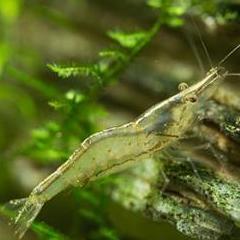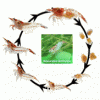-
Similar Content
-
- 15 replies
- 10337 views
-
- 4 replies
- 3738 views
-
- 1 reply
- 2532 views
-
- 0 comments
- 5508 views
-
New Library Article - A guide to spot dosing with H2O2 (Hydrogen Peroxide)
By Gino,
- algae
- spot dosing
- (and 1 more)
- 0 replies
- 3736 views
-





Recommended Posts
Create an account or sign in to comment
You need to be a member in order to leave a comment
Create an account
Sign up for a new account in our community. It's easy!
Register a new accountSign in
Already have an account? Sign in here.
Sign In Now